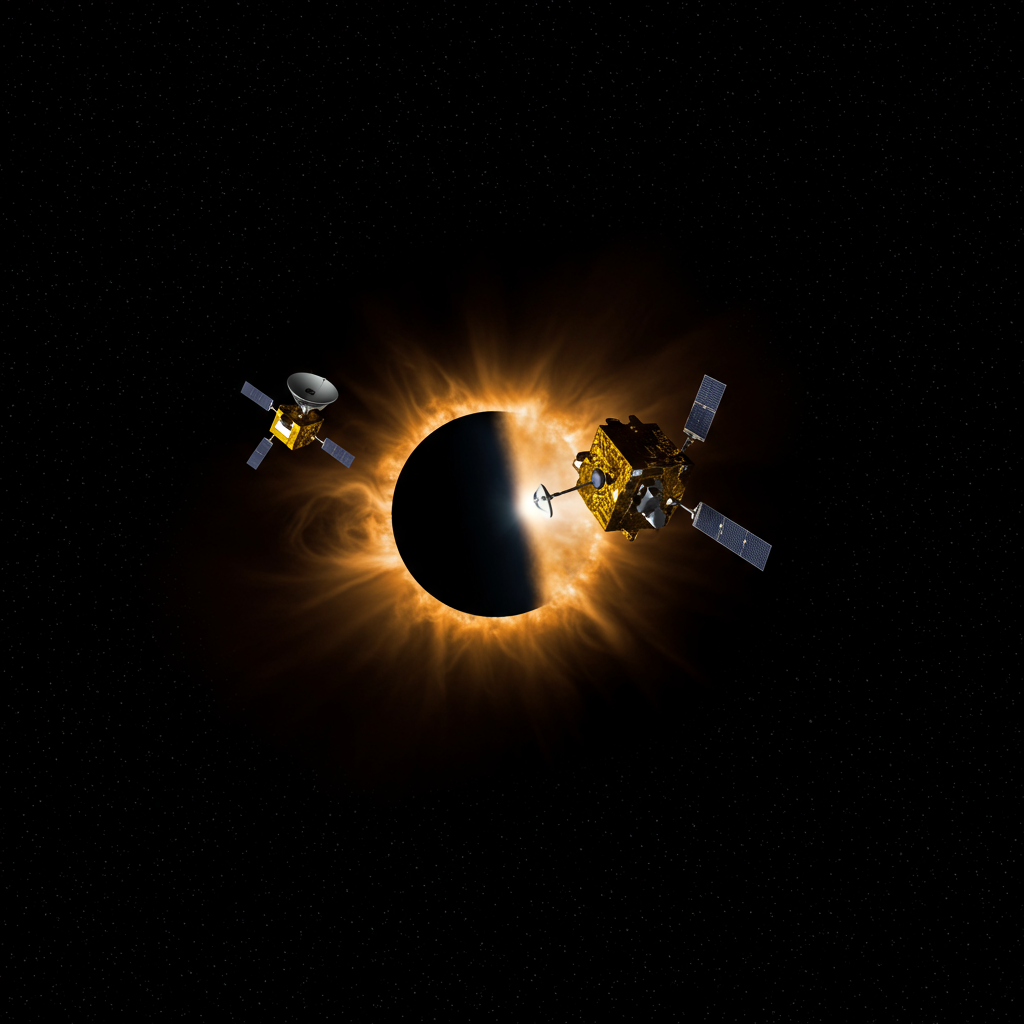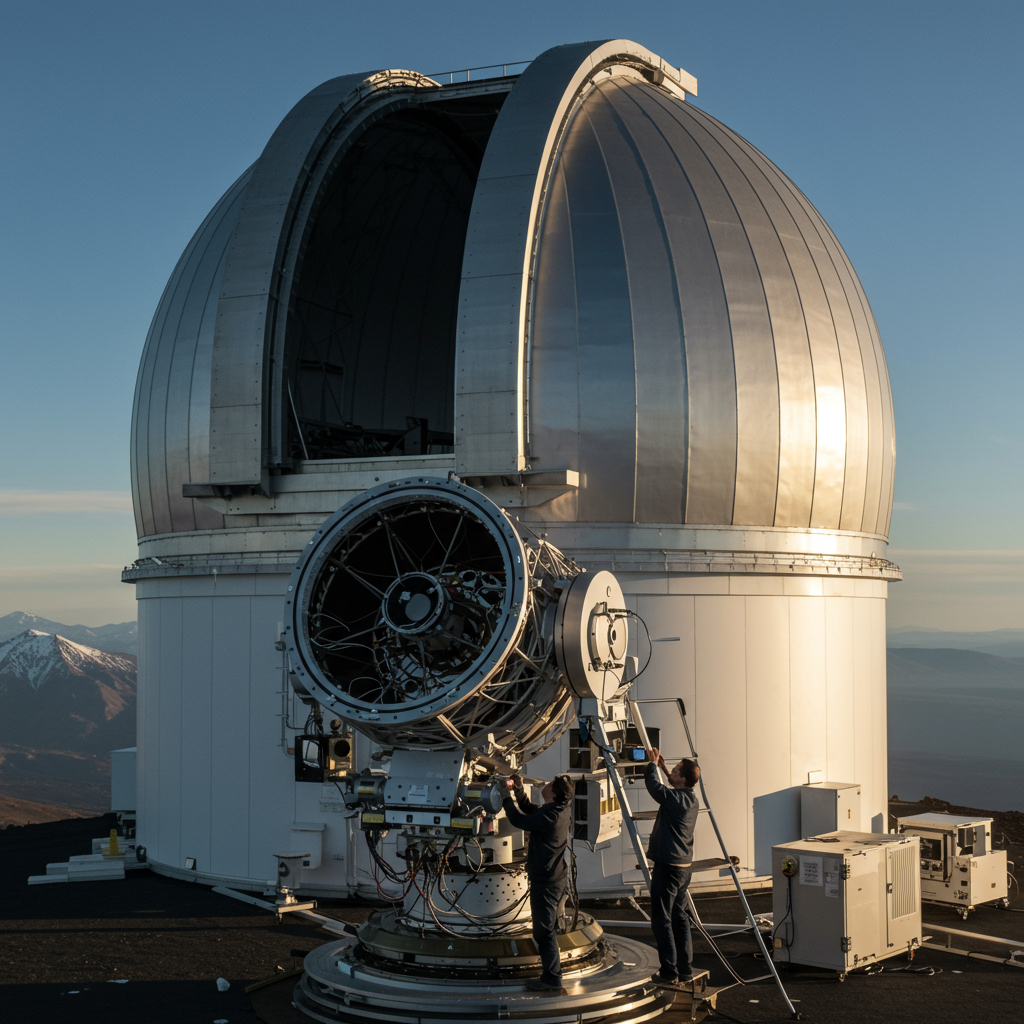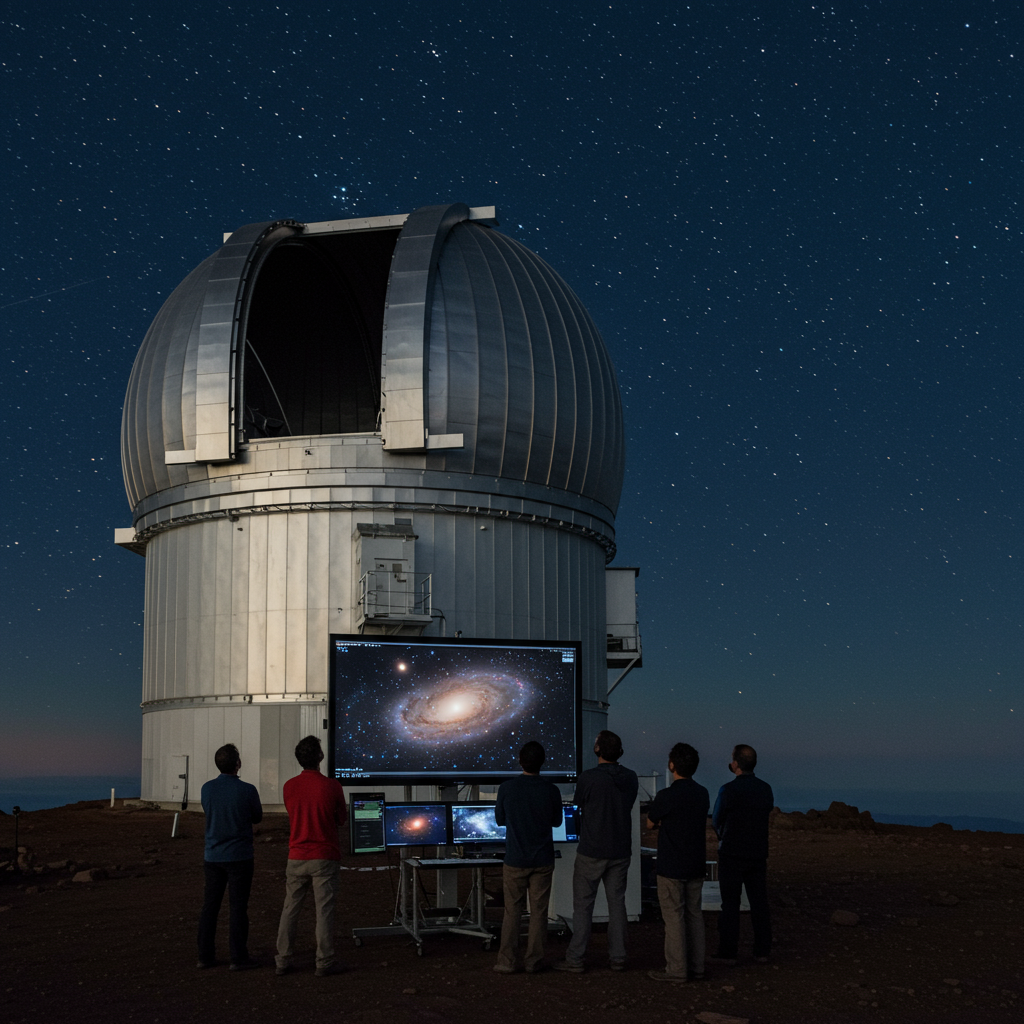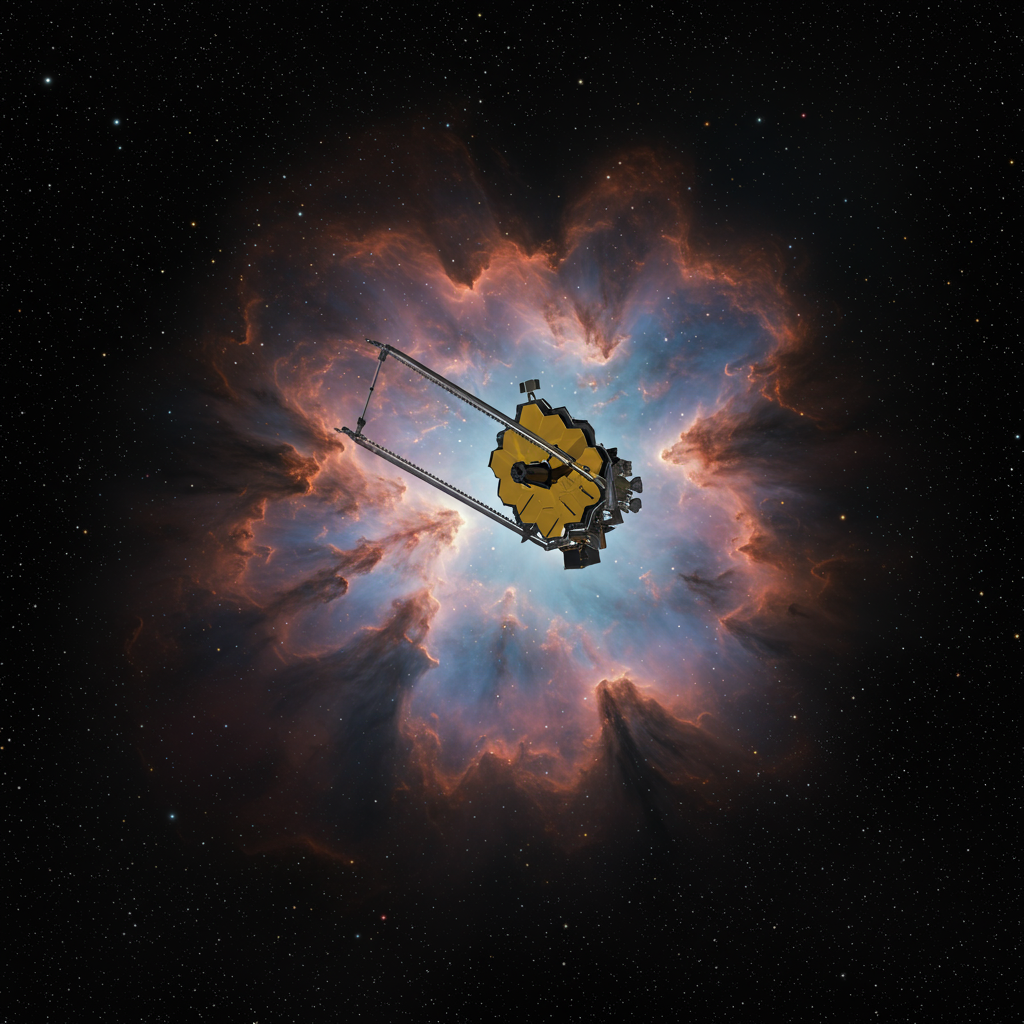History has been made in orbit. The European Space Agency’s (ESA) Proba-3 mission has successfully created its first artificial total solar eclipse, capturing unprecedented images of the Sun’s mysterious outer atmosphere – the solar corona. This groundbreaking achievement not only validates cutting-edge formation flying technology but also promises to revolutionize our understanding of the Sun and its influence on space weather.
For the first time, two satellites have flown together as a single, giant instrument, achieving an extraordinary feat of precision and autonomy.
Two Satellites, One Virtual Instrument
The core of the Proba-3 mission lies in its innovative dual-satellite setup. The Occulter spacecraft, carrying a 1.4-metre-wide disc, flies precisely 150 metres (approximately 492 feet) away from the Coronagraph spacecraft. This seemingly simple arrangement is incredibly complex, requiring the pair to maintain their relative position with millimeter-level accuracy for extended periods.
This intricate dance was first demonstrated autonomously in March 2025, with further success on May 23, 2025, as the satellites maintained their tight formation for several hours without intervention from ground control. This level of precision in formation flying is an unprecedented achievement in space technology, largely enabled by advanced navigation and positioning systems developed through ESA’s General Support Technology Programme.
By aligning perfectly with the Sun, the Occulter spacecraft’s disc casts a shadow onto the Coronagraph spacecraft. This shadow, specifically an 8 cm disc of darkness, lands precisely on the 5 cm aperture of the main scientific instrument: ASPIICS (Association of Spacecraft for Polarimetric and Imaging Investigation of the Corona of the Sun). This meticulous alignment effectively blocks out the blinding light of the Sun’s bright disc, mimicking a natural total solar eclipse and allowing ASPIICS to image the much fainter solar corona.
Unveiling the Mysterious Solar Corona
The solar corona is the Sun’s enigmatic outer atmosphere, extending millions of kilometers into space. It presents a long-standing puzzle to scientists: its temperature soars to over a million degrees Celsius (nearly 2 million degrees Fahrenheit), dramatically hotter than the Sun’s surface beneath it (around 5,500 °C or 10,000 °F).
Understanding the corona is crucial because it is the origin of the solar wind, a continuous stream of charged particles flowing into space, and powerful eruptions known as Coronal Mass Ejections (CMEs). While CMEs can create stunning auroras, they also pose significant threats to modern technology, capable of disrupting satellites, communication networks, GPS, and power grids on Earth, as highlighted by events like the significant geomagnetic storms in May 2024.
Proba-3’s Unique Window into the Sun
Observing the inner corona, particularly close to the Sun’s surface, is challenging. Natural total solar eclipses provide brief, infrequent glimpses (lasting minutes, occurring perhaps once or twice a year). Traditional space-based coronagraphs struggle with ‘stray light,’ limiting their view of the region closest to the solar disc.
Proba-3 overcomes these limitations by using the large distance between its two satellites to create an exceptionally clean shadow. This allows ASPIICS to capture images of the inner corona with drastically reduced stray light, revealing faint features previously only visible during natural eclipses.
Crucially, Proba-3 can create its artificial eclipse during each 19.6-hour orbit. While initially holding the formation for shorter durations, the mission aims to extend observations to up to six hours per orbit, providing scientists with a wealth of continuous, high-quality data on the inner corona far exceeding what natural eclipses offer.
First Images and Scientific Promise
The first images captured by ASPIICS during these artificial eclipses are a powerful validation of the Proba-3 concept and the potential for this eclipse-making mission. Processed by the ASPIICS Science Operations Centre, these initial images demonstrate the instrument’s capability.
Full images are constructed by combining multiple exposures to capture the corona’s wide range of brightness. These first glimpses show various aspects of the corona, including:
Visible light images, similar to a natural eclipse view (often rendered with a green filter).
Images showing light from ionized iron, highlighting the hottest regions of the inner corona.
Capturing structures like loops associated with solar flares and large plasma arcs known as prominences (seen in light from helium atoms).
Views in polarized white light, revealing structures like helmet streamers and helping scientists distinguish coronal light from scattered dust.
As Damien Galano, Proba-3 mission manager, noted, seeing these images validates achieving precise formation flying with unprecedented accuracy. While still in the commissioning phase, the mission has proven its core capability autonomously, albeit under ground supervision, with the final goal being full autonomy.
Proba-3 also carries two other scientific instruments: DARA (Digital Absolute Radiometer), which measures the Sun’s total energy output (solar irradiance), and 3DEES (3D Energetic Electron Spectrometer), which studies electrons in Earth’s radiation belts.
Revolutionizing Space Weather Modeling
The continuous stream of high-resolution data from Proba-3 is set to transform space weather modeling. Current computer models used to simulate the corona and create ‘digital eclipses’ are limited by a lack of observational data for the region closest to the Sun’s surface.
Proba-3’s observations provide exactly the input needed to refine these models. ESA is working with institutes like KU Leuven, which developed the COCONUT simulation software, part of ESA’s Virtual Space Weather Modelling Centre (VSWMC), to compare model outputs with real Proba-3 data. This collaborative effort will improve our ability to predict and understand the complex solar phenomena that affect our planet and technology.
Led by ESA and built by a consortium managed by Spain’s Sener, involving numerous companies across Europe, the Proba-3 mission was successfully launched on December 5, 2024. Its successful creation of artificial solar eclipses marks a historic step in space exploration, opening a new era for solar science and precision formation flying, and promising invaluable data to help safeguard our technology from the Sun’s powerful outbursts.
References
- <a href="https://www.esa.int/EnablingSupport/SpaceEngineeringTechnology/Proba-3/Proba-3sfirstartificialsolareclipse”>www.esa.int
- www.space.com
- www.sciencealert.com
- www.dw.com
- www.newscientist.com




